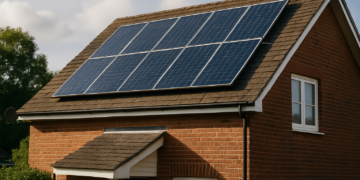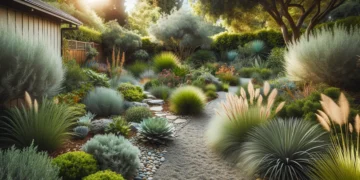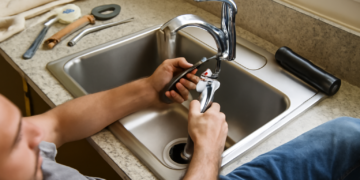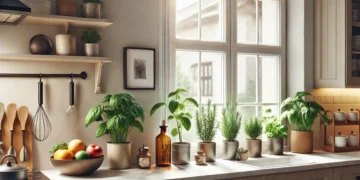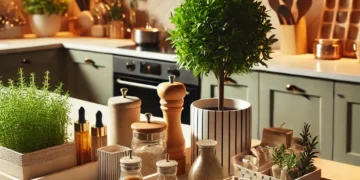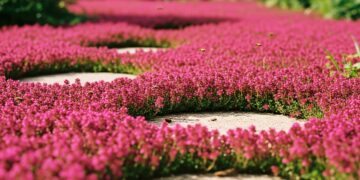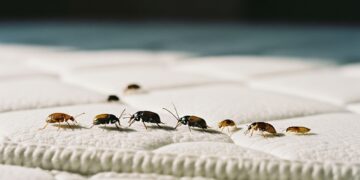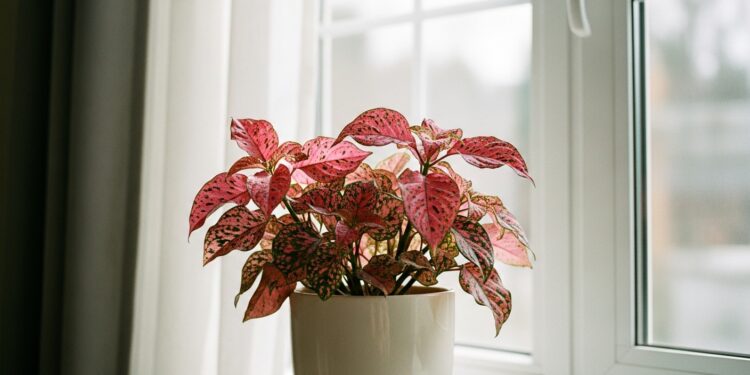Adorable to the extreme, these plants are sweet dwellers in a home garden. The so-called spotted plants are among those recognized for their colorful leaves that are found in homes as well as offices. This guide will take a deep dive into polka dot plant care, thus ensuring the uninterrupted growth of these cute plants. If you’re looking for more inspiration, check out these cute room decor ideas to complement your new plant.
What is a Polka Dot Plant?
Polka dot plants, also recognized as Hypoestes phyllostachya, which is their scientific name, naturally occur in Madagascar. They stand out because of their beautiful leaves with different patterns that the spots form on the leaves. The leaves of these polka dot plants come in various colors, like pink, red, and white, as well as a green background, making them a fantastic addition to any colorful living room decor.
Varieties of Polka Dot Plants
There are many types of spots on this plant, but not all are brown. A couple of varieties that are particularly popular include:
- Pink Splash
- Red Splash
- White Splash
- Confetti
Each of the varieties has a different combination of patterns and colors, so these spotted plants are a big choice for plant lovers.
Ideal Growing Conditions
Light Requirements
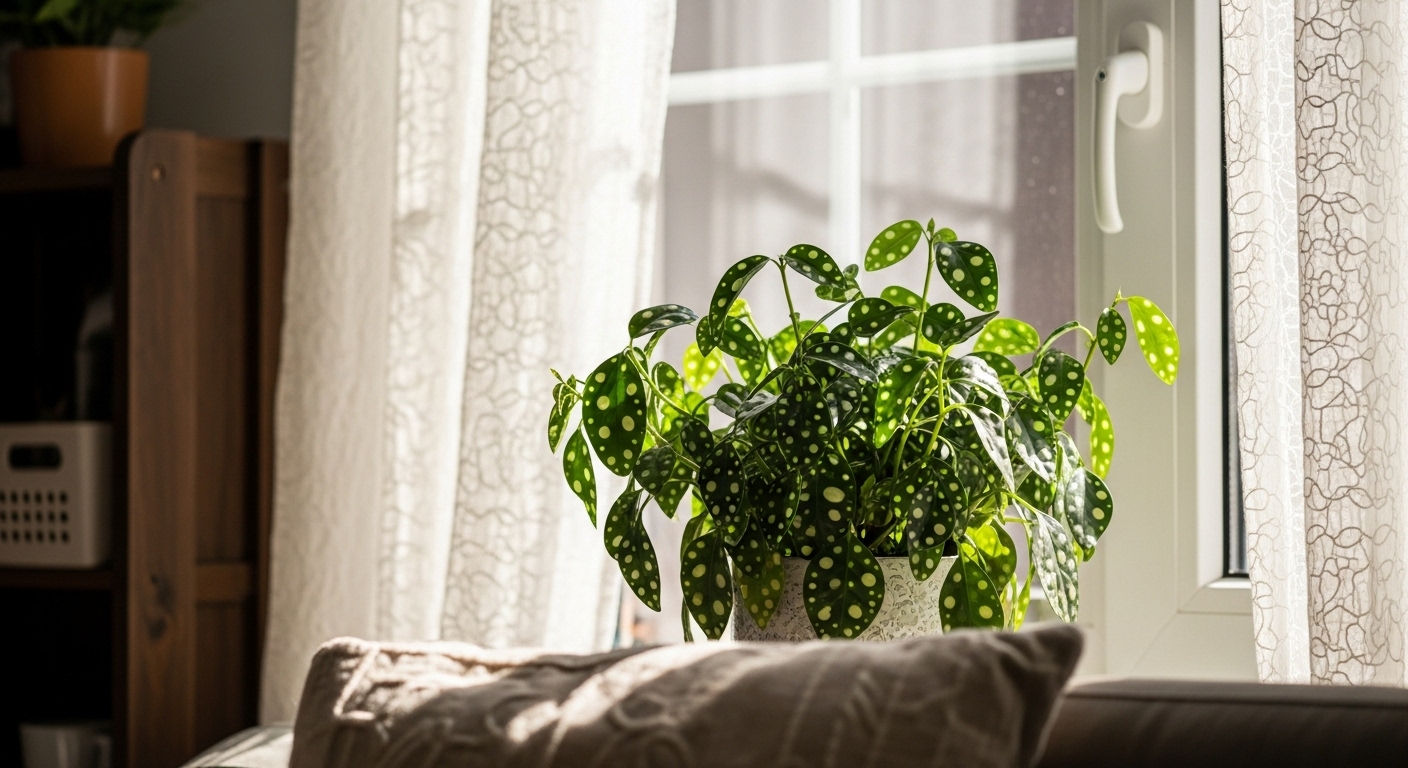 Polka dot plants are happiest in the light coming from the side. Too much direct sun can make them look pale and faded. So positioning them somewhere close to a sunlit window but with the light that is diffused through the window, will be the best way to treat these plants. The correct light balance is the key to Polka dot plant care.
Polka dot plants are happiest in the light coming from the side. Too much direct sun can make them look pale and faded. So positioning them somewhere close to a sunlit window but with the light that is diffused through the window, will be the best way to treat these plants. The correct light balance is the key to Polka dot plant care.
Temperature and Humidity
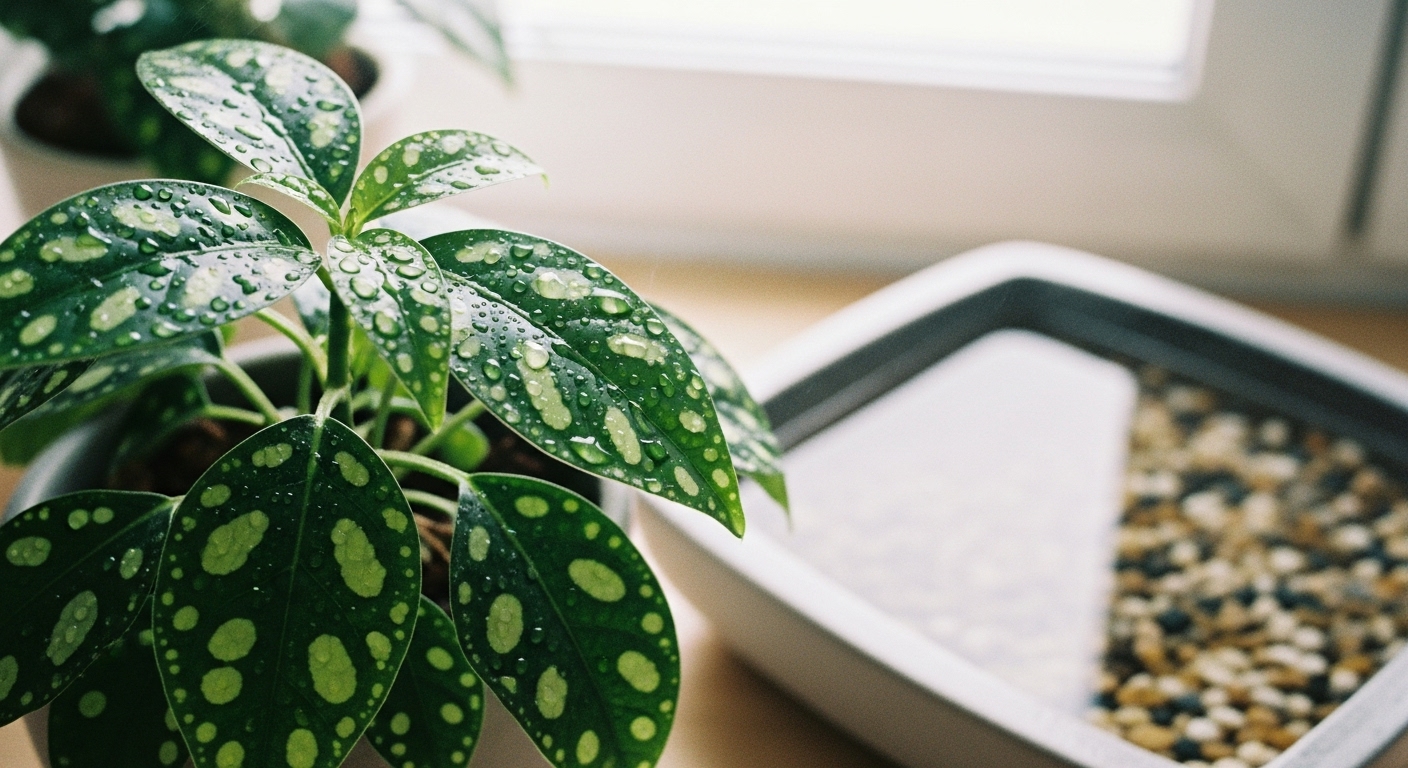 Preferably, you should cultivate the plants at room temperatures: between 65°F to 80°F (typically 18-27°C). The humidity, in addition to being highly appreciated. The extra environmental humidity that misting the leaves or using a pebble tray provides is the manner in which the desirable environmental moisture is achieved.
Preferably, you should cultivate the plants at room temperatures: between 65°F to 80°F (typically 18-27°C). The humidity, in addition to being highly appreciated. The extra environmental humidity that misting the leaves or using a pebble tray provides is the manner in which the desirable environmental moisture is achieved.
Soil and Potting
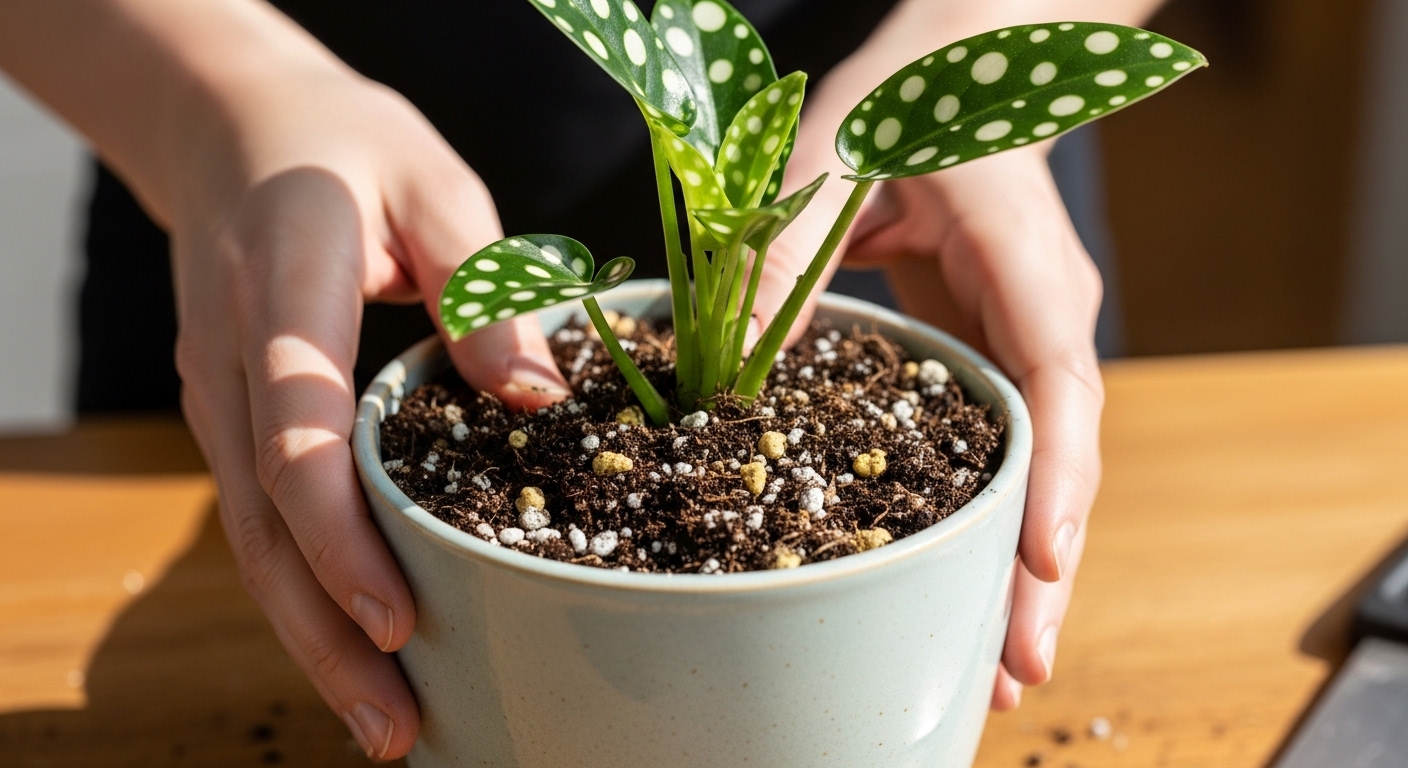 Drainage is required for the soil where the polka dot plant grows. A blend of peat moss, perlite, and regular potting soil is a suitable choice. Plan and see to it that water runoff will be achieved and the waterlogged condition of the soil will be prevented.
Drainage is required for the soil where the polka dot plant grows. A blend of peat moss, perlite, and regular potting soil is a suitable choice. Plan and see to it that water runoff will be achieved and the waterlogged condition of the soil will be prevented.
Watering Your Polka Dot Plant
Watering is the most critical part of polka dot plant care. These types of plants like to live in an environment where the soil is always damp but not soaked. When the top layer of soil becomes dry is the primary indicator that it’s time to water. The plants slow down, so you should lessen the watering in winter.
Fertilizing Your Polka Dot Plant
Feeding polka dot plants is an essential aspect of the daily care routine. These plants are hardy, and they will be assisted by the application of fertilizer. Good, hearty, water-soluble fertilizer, as often as every two weeks, will make the plants grow fast and keep them healthy. To avert overdosing, the fertilizer that is going to be added to soils must be cut in half.
Pruning and Maintenance
Pruning shapes and gives fullness to the growth in polka dot plants. Periodic cutting of the stem tips makes the plant bushier and prevents it from becoming lush. Trim any dead and yellow leaves as well because they can be a quick drop on the radar.
Propagation Methods
It’s not hard to multiply the polka dot plant at all. The most used ways to propagate include:
- Stem cuttings
- Division
- Seeds
Speed and reliability are guarantees given with stem cuttings. Just chop a nice long stem, trim the bottom leaves, and either put it in water or soil to let the hair-like elongations develop, which will just be some days long.
Common Problems and Solutions
Pest Issues
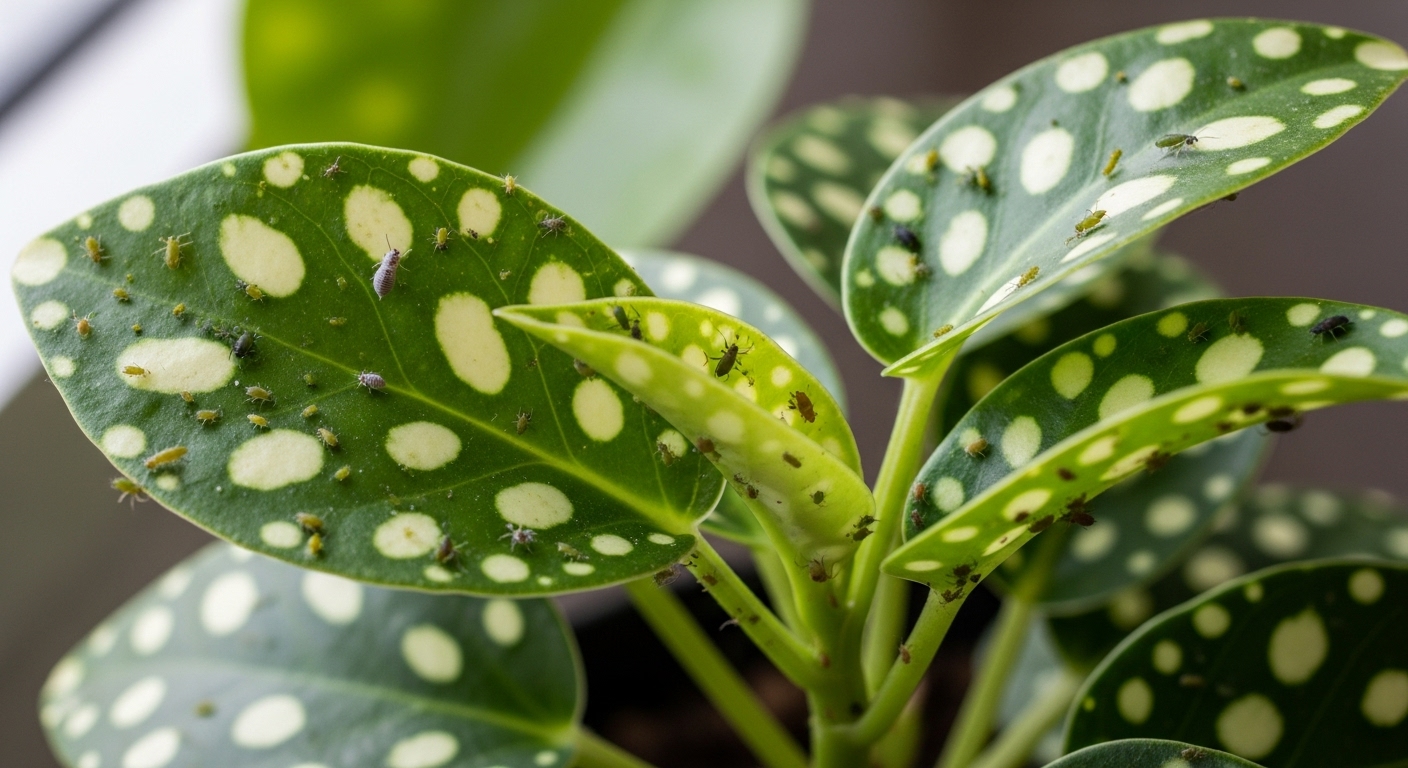 Certainly, polka dot plants serve as pests that may become a total nuisance to your polka dot plant, are: Aphids, Spider mites, and Mealybugs. Regular checkups and treatment with common household insecticidal soaps or neem oil can help avoid these pests.
Certainly, polka dot plants serve as pests that may become a total nuisance to your polka dot plant, are: Aphids, Spider mites, and Mealybugs. Regular checkups and treatment with common household insecticidal soaps or neem oil can help avoid these pests.
- Aphids
- Spider mites
- Mealybugs
Regular checkups and treatment with common household insecticidal soaps or neem oil can help avoid these pests.
Diseases
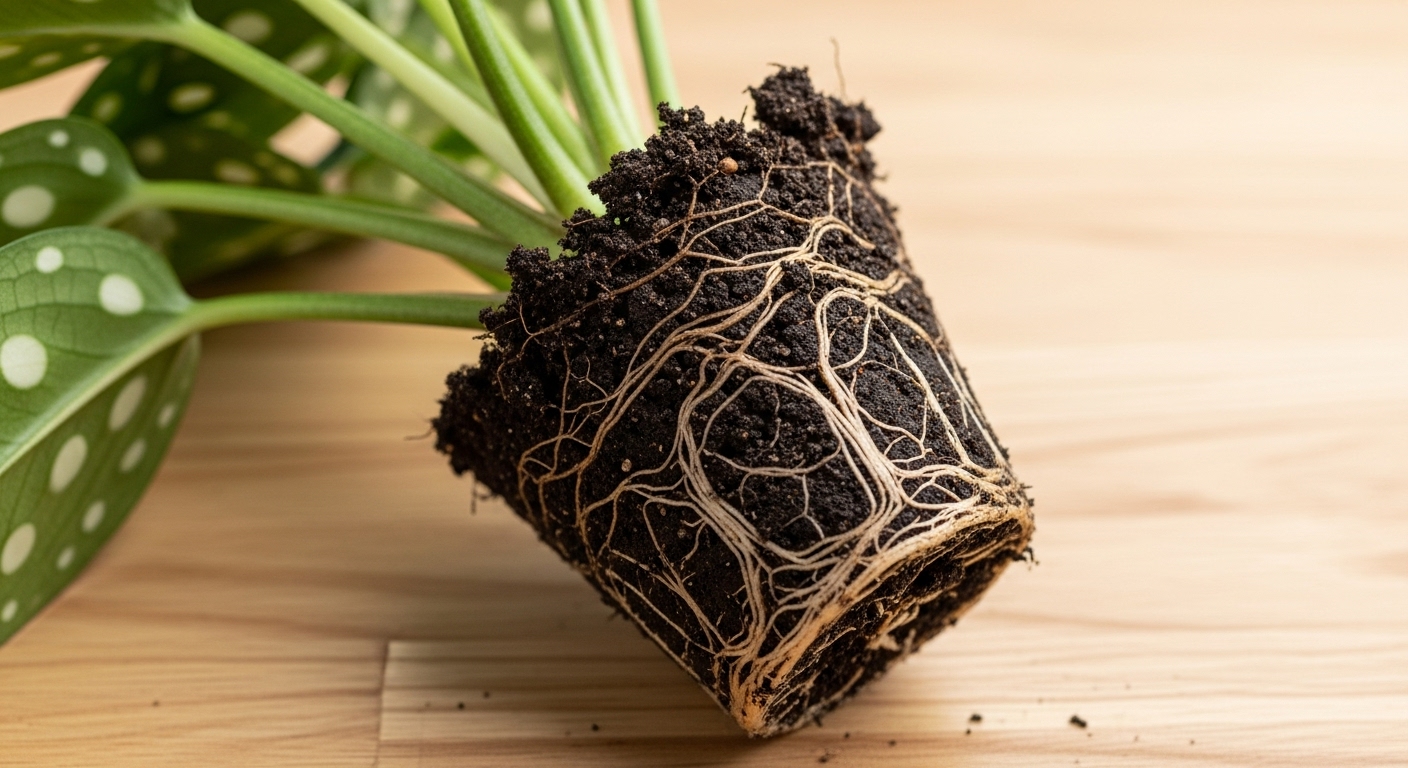 Root rot is the most prevalent disease that infects polka dot plants. This is basically a result of waterlogged conditions since the plant’s roots cannot breathe. Of primary concern is that irrigating a modest amount and thoroughly soil is inadequate.
Root rot is the most prevalent disease that infects polka dot plants. This is basically a result of waterlogged conditions since the plant’s roots cannot breathe. Of primary concern is that irrigating a modest amount and thoroughly soil is inadequate.
Tips for Thriving Polka Dot Plants
- Spin the plant around as often as possible to turn it in all evenly sunlit spots.
- Mist your leaves twice every other day to foster increased atmospheric humidity.
- Acquire a location where both the drafty mix and heating vents are remote from the chipped.
- Annually repot your plant in the spring season to provide fresh soil as a rejuvenating means to the plant.
Decorating with Polka Dot Plants
Polka dot plants appear with dots like those of a leopard and are an excellent choice for all kinds of indoor environments. You may employ them either as individual products or as parts of compositions. They are really small and hence are a perfect fit for ecospheres, dish gardens, or vibrant details in working areas.
Seasonal Care
Polka dot plants are kept indoors most of the time, but they are also seen in outdoor environments during warm weather. The first thing you should bear in mind is that you need to get them used to the outside for the first few days and then put them out in the sun. Thus, you need to provide full attention and care to the plants before giving them a chance to adjust to the outside air.
Conclusion
Polka dot plants are a way to find joy from growing plants for new planters and master planters equally. The contrasting colors of the leaves and the nearly indestructible nature of these plants would truly revitalize any room. You must follow the directives set out in this guide and then watch the spreading and the jubilation of the polka dot plants. If you’re looking to explore more plant care guides, dive into our comprehensive guide for Majesty Palms or learn about the care for Arrowhead Plants.
FAQs
How much sunlight does a Polka Dot Plant need?
Polka Dot Plants prefer bright, indirect sunlight. Too much direct light can fade their colors, while low light may cause leggy growth. A sunny window with filtered light works best.
How often should I water my Polka Dot Plant?
Water when the top inch of soil feels dry. Keep the soil consistently moist but not soggy. Avoid letting it dry out completely, as this may cause leaf wilting or drop.
Can I grow a Polka Dot Plant indoors?
Yes, Polka Dot Plants are excellent indoor houseplants. They thrive in warm temperatures, high humidity, and filtered light. Place them in a bright room away from cold drafts or heaters.
Why are the leaves on my Polka Dot Plant curling?
Curling leaves usually indicate underwatering or dry air. Check the soil and increase humidity using a pebble tray or misting regularly. Avoid placing the plant near heat sources.
How do I make my Polka Dot Plant bushy?
Pinch back the growing tips regularly to encourage bushier growth. This helps the plant stay compact and prevents legginess. Use clean scissors or your fingers to trim new shoots.
Is the Polka Dot Plant safe for pets?
Polka dot plants are generally considered non-toxic to cats and dogs. However, it’s still best to keep curious pets from chewing the leaves to avoid any mild stomach discomfort.
Ready to bring vibrant color and charm to your home? Start growing your own Polka Dot Plant today! With simple care and bright patterns, it’s the perfect indoor companion. Don’t wait—add life to your space now. Share your plant journey, ask questions, or explore more plant care guides with us. Let’s grow something beautiful together!











